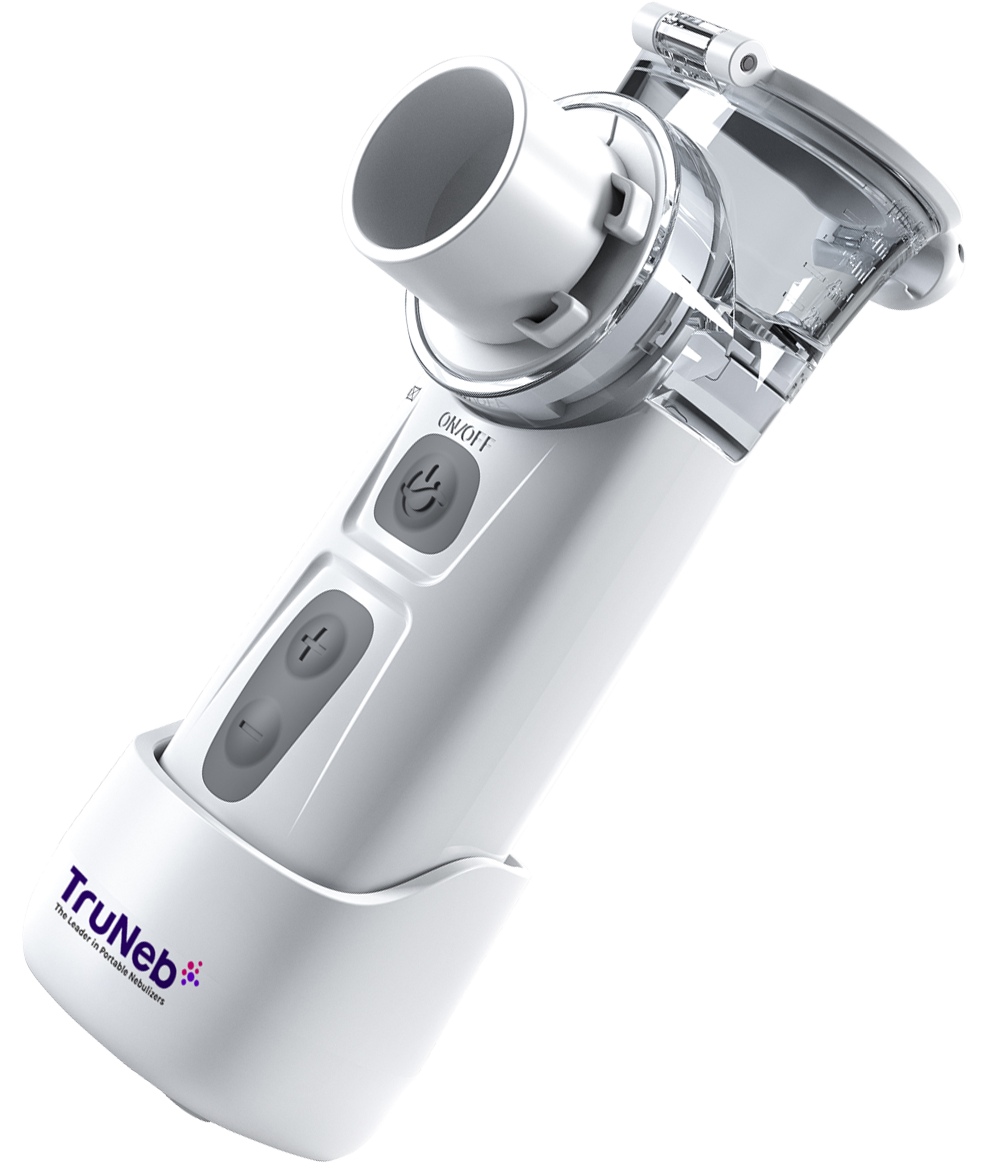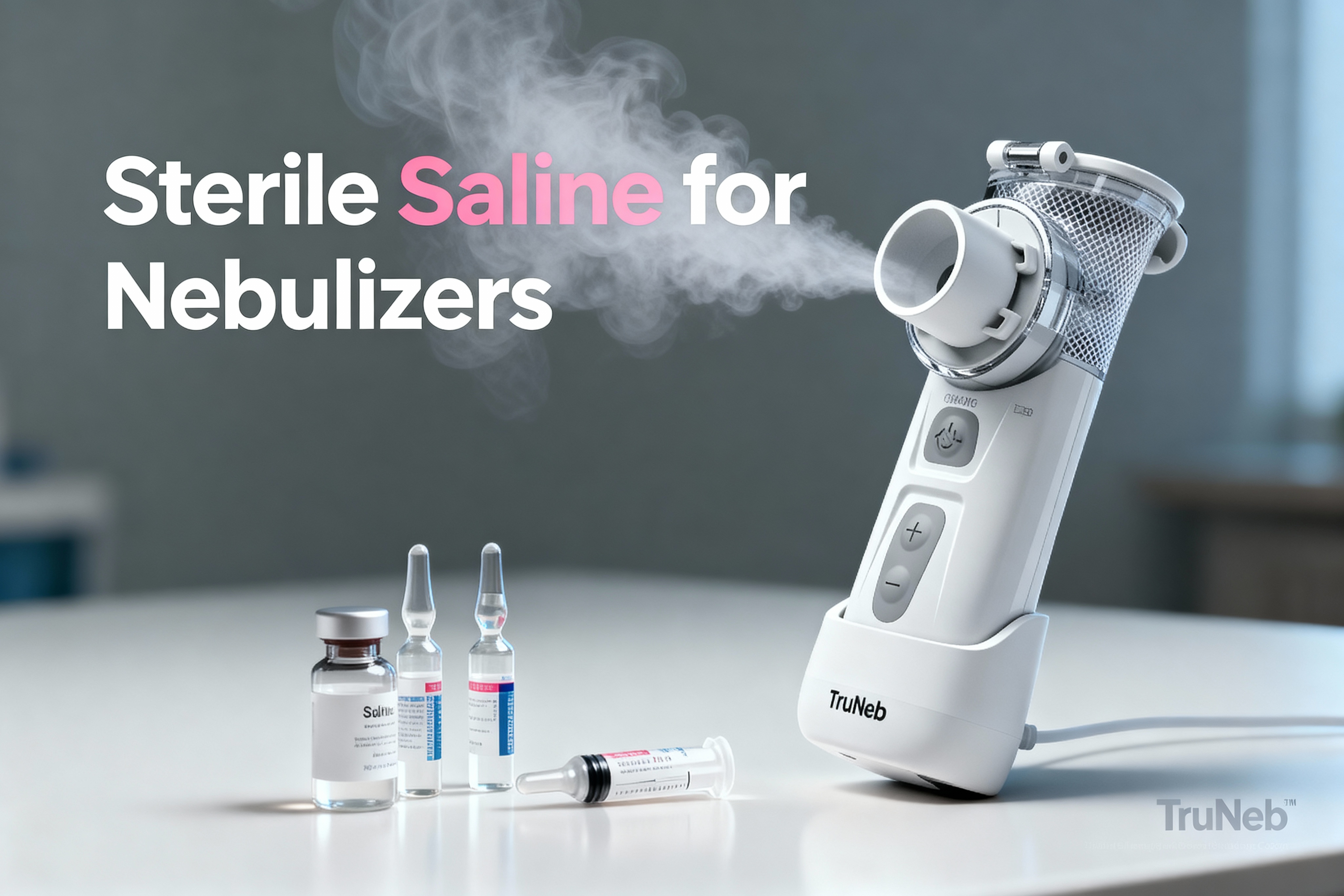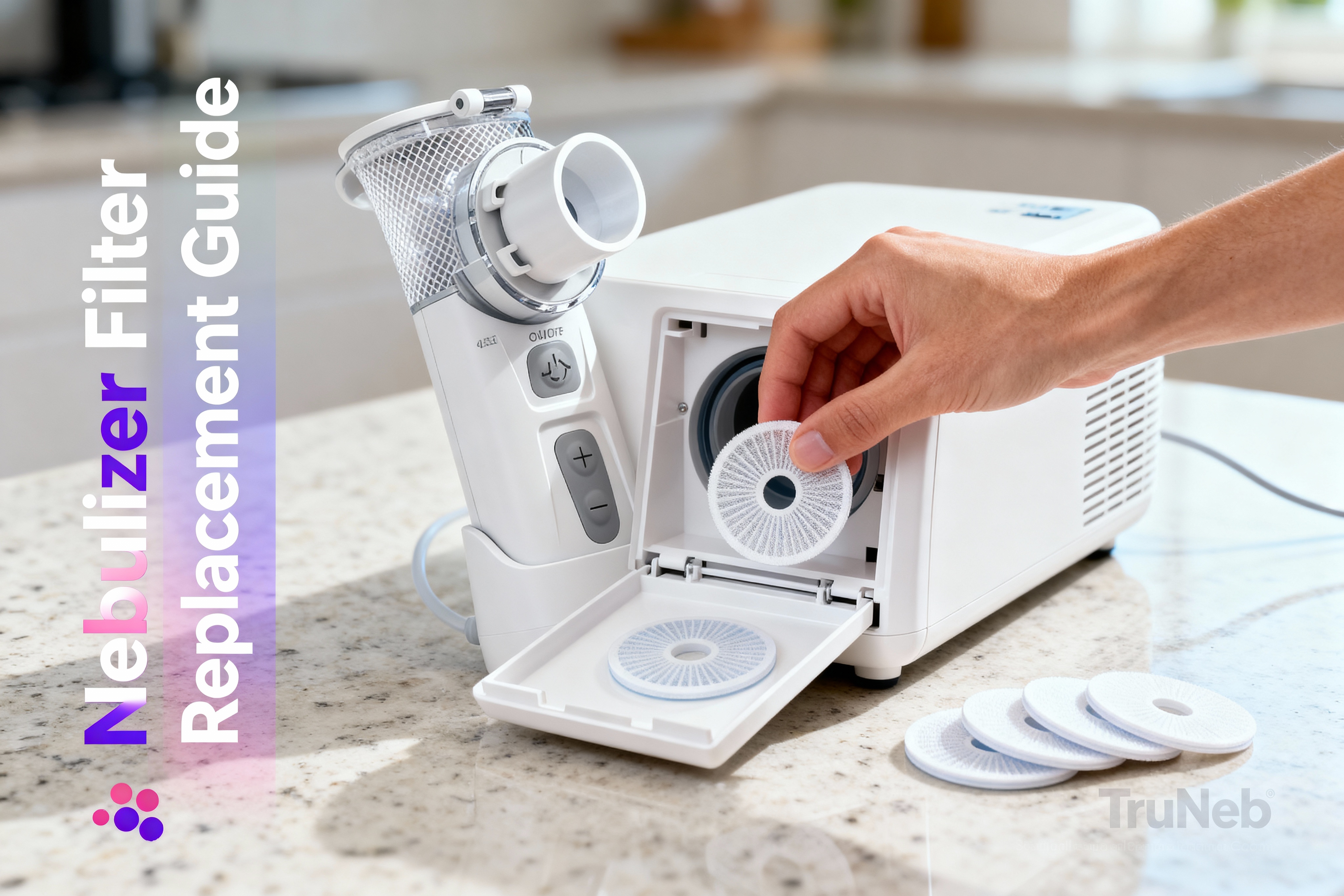On this page
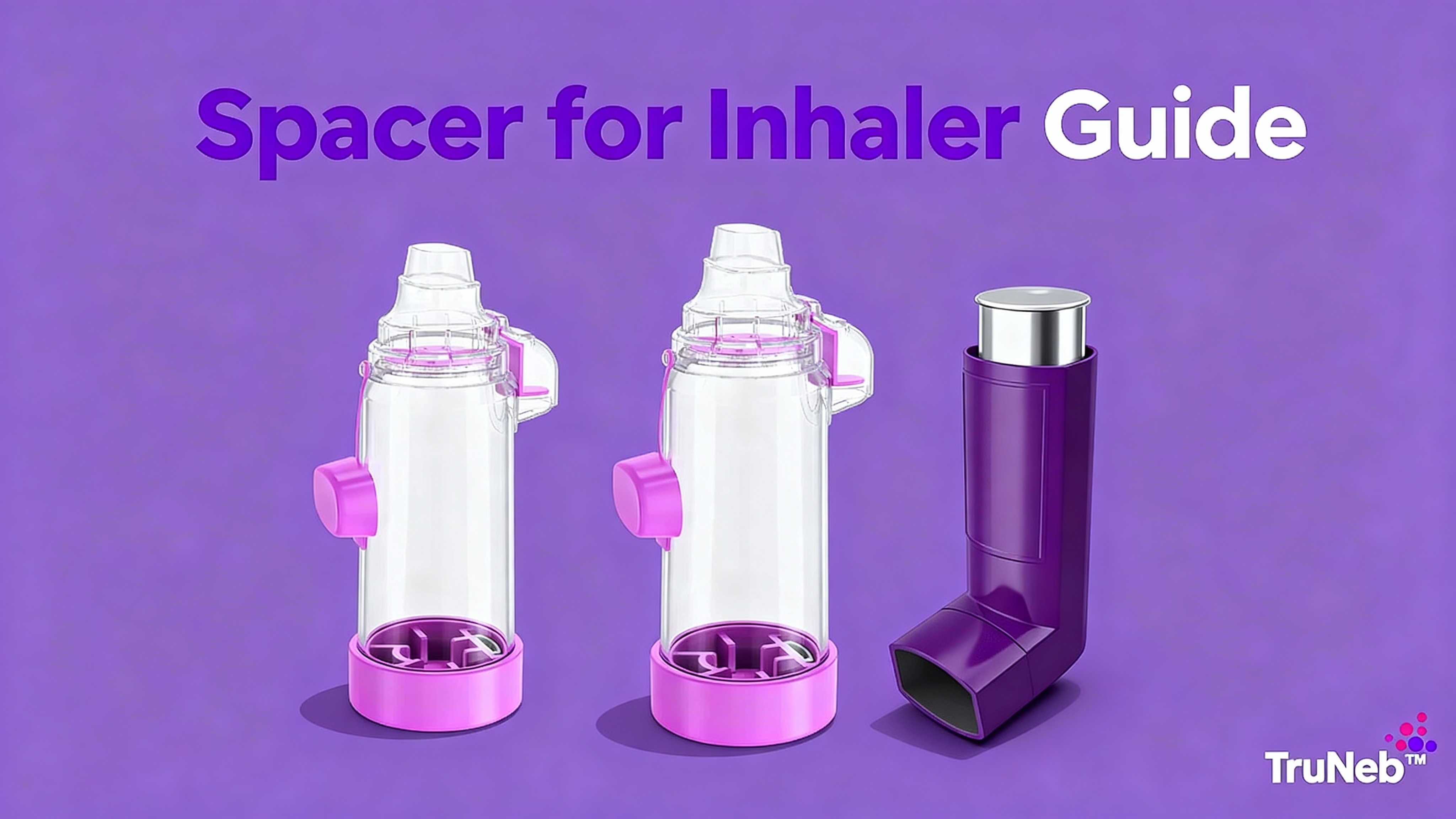
What Is an Inhaler Spacer and How Does It Work?
An inhaler spacer is a tube or chamber that attaches to a pressurized metered dose inhaler (pMDI). It holds the medicine mist for a moment so you can breathe it in slowly and more deeply. Most spacers include a one-way valve. These are called valved holding chambers (VHCs) and they help keep the medicine in the chamber until you inhale.
With a spacer, more medicine can reach your lungs instead of hitting your mouth and throat. Spacers are made for pMDIs and aren't used with dry powder inhalers (DPIs). An MDI spacer is another term for an inhaler spacer.
One-liner: A spacer holds the inhaler mist so you can breathe it into your lungs more effectively.
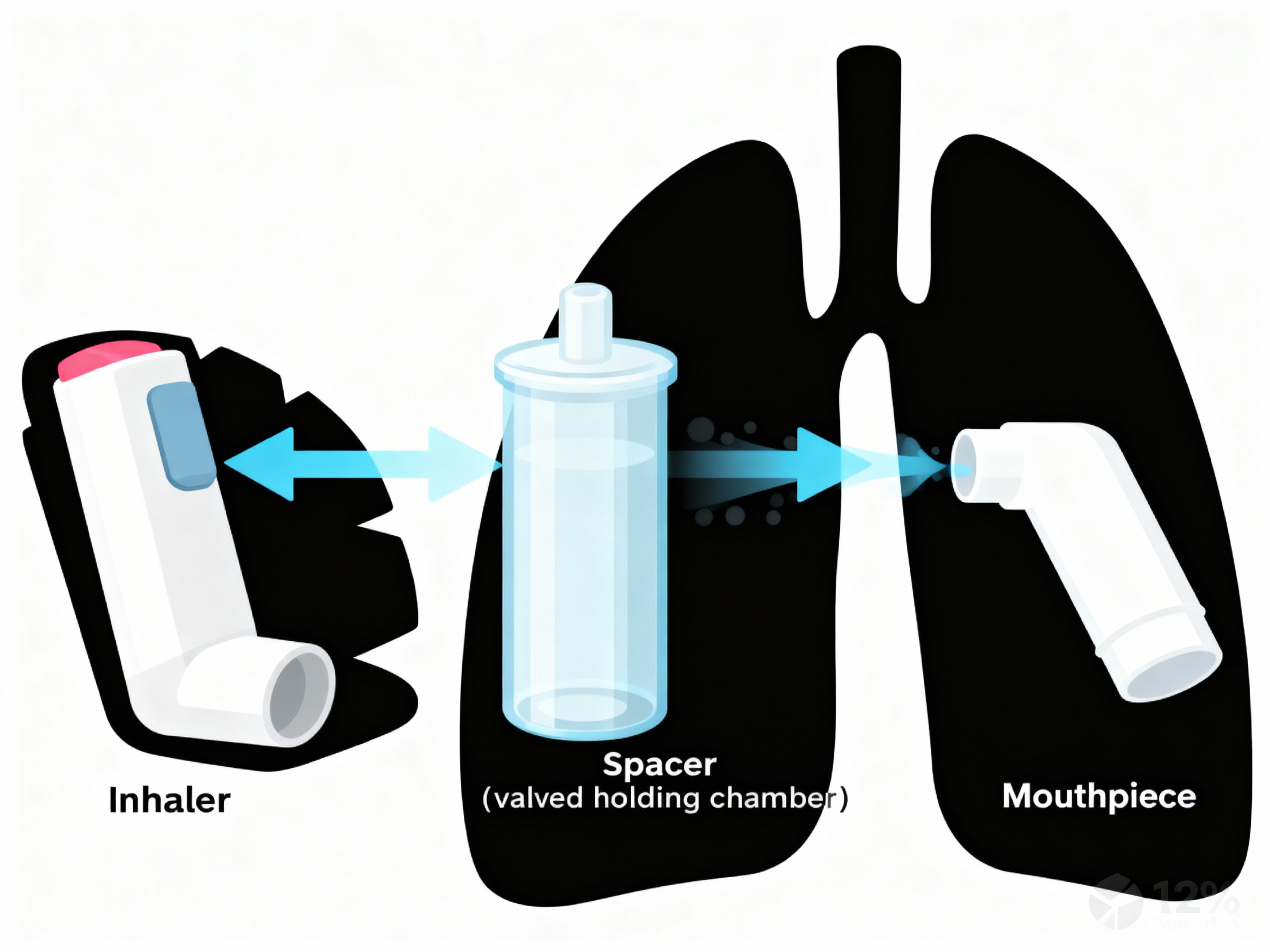
Why Use a Spacer?
Using a spacer can make your inhaler work better. It slows the spray and gives you time to breathe the medicine in. That means more medication can reach your lungs and less can stick in your mouth and throat. It also makes timing easier, since you don't need to press and breathe at the exact same moment.
Benefits you can notice:
- More medicine to your lungs for better symptom control.
- Fewer side effects from steroid inhalers, like oral thrush or hoarseness.
- Easier breathing technique with less need to coordinate.
- Helpful for kids and adults who struggle with fast, deep breaths.
One-liner: A spacer helps more medicine reach your lungs and reduces what's left in your mouth and throat.
Types of Inhaler Spacers
Spacers come in a few styles. Most people today use a valved holding chamber (VHC), which has a one-way valve and sometimes includes a gentle whistle that tells you if you are breathing too fast.
Key features to consider:
- Valve: A VHC helps prevent you from blowing air back into the chamber and holds the medicine until you inhale.
- Size: Larger chambers can hold more aerosol but are bulkier. Smaller chambers are easier to carry.
- Mouthpiece or mask: Mouthpieces suit older children and adults. Masks help infants and toddlers or anyone who cannot seal their lips.
- Anti-static material: Anti-static inhaler spacers can reduce medication sticking to the walls. Some plastic spacers need priming (wash and air-dry) before first use. Some spacers are metal, which don't build static.
Common examples you might see include AeroChamber-style valved chambers, large-volume designs like Volumatic, and compact travel spacers. Check the spacer fits your inhaler. Some proprietary inhaler shapes need specific adapters.
One-liner: Choose by valve, size, fit, and mouthpiece or mask to match the user.
Spacer vs. Valved Holding Chamber (VHC)
A valved holding chamber is a type of spacer with a one-way valve. The valve helps keep medicine in the chamber until you inhale and prevents you from exhaling back into the device. You might see the term "valved holding chamber for inhaler" on packaging; it refers to a spacer with a one-way valve. Most modern spacers are VHCs.
One-liner: A VHC is simply a spacer with a one-way valve for easier, steadier breathing.
| Type | Valve | Anti-static | Best for | Key notes |
|---|---|---|---|---|
| Basic spacer tube | No | Sometimes | Adults with good technique | Lightweight; timing still matters |
| Valved holding chamber (VHC) | Yes | Usually available | Most users, adults and kids | Easier timing; some have whistle feedback |
| Spacer with mask | Yes (typically) | Usually available | Infants/toddlers; poor lip seal | Mask must fit snugly |
| Large-volume chamber | Yes (often) | Sometimes | Home use; higher aerosol holding | Bulkier to carry |
| Compact/portable spacer | Varies | Sometimes | School, work, travel | Convenient size; follow steps carefully |
Anti-static availability varies by brand. New plastic spacers may need priming (wash and air-dry) before first use.
How to Use an Inhaler With a Spacer
Here are general steps most people use with a pMDI and spacer; your doctor or pharmacist can show you the technique.
- Shake the inhaler well and attach it firmly to the spacer. Check the spacer is clean and assembled.
- Breathe out gently, away from the mouthpiece.
- Seal your lips around the mouthpiece (or fit the mask snugly over nose and mouth).
- Press the inhaler once into the spacer, then inhale slowly and deeply for about 3–5 seconds. If you hear a whistle, slow down.
- Hold your breath about 10 seconds, then breathe out.
- If your medication instructions call for another puff, wait 30–60 seconds before repeating. Spray only one puff at a time into the spacer.
- If you used a steroid inhaler, rinse your mouth and spit out the water.
Tip for kids or anyone who can't hold their breath: take 5–6 normal breaths through the spacer after one puff.
⚠️ If you have severe symptoms like struggling to speak, blue lips or fingernails, chest retractions, or symptoms that don't improve after your quick-relief medication, seek emergency medical care right away.
One-liner: Press one puff into the spacer, inhale slowly, then hold your breath about 10 seconds.
Spacer Care and Maintenance
Keep your spacer clean so it works well. Before first use, and about once a week after that, wash it in warm, soapy water. Gently swish the parts; don't scrub the inside. Rinse if the maker advises, then air-dry fully. Don't wipe it dry, because wiping can add static that traps medicine on the walls.
Store in a clean, dry place; avoid extreme heat or cold (e.g., don't leave it in a hot car).
Replace your spacer if it cracks, the valve sticks, or it becomes very cloudy or scratched. Guidelines and manufacturers suggest replacing around once a year, or as your manufacturer recommends.
One-liner: Wash, air-dry, and replace as needed. Static and damage can reduce delivery.
Who Should Use a Spacer?
Anyone using a pressurized metered dose inhaler can benefit. Spacers are especially helpful for children, who typically need a mask until they can use a mouthpiece well. Adults, including older adults, also gain from easier timing and fewer throat side effects with steroid inhalers.
If you have trouble sealing your lips, pressing and inhaling together, or taking a slow deep breath, a spacer can help. If you use a DPI, you don't need a spacer. People with asthma or COPD who use a pMDI can find a spacer useful in daily routines.
One-liner: If you use a pMDI, a spacer is a simple upgrade that improves results at any age.
Choosing the Best Spacer for Your Needs
What's the best spacer for inhaler? The best spacer is the one you will use correctly, that fits your inhaler, and matches your day-to-day life.
Helpful picks:
- Daily steroid user: An anti-static valved holding chamber can deliver a steadier dose.
- Infant or toddler: A VHC with a well-fitting mask.
- School, work, travel: A compact spacer you will actually carry.
- Home use: A larger chamber if size isn't an issue.
Check compatibility with your inhaler, and ask your pharmacist or doctor for a quick technique check.
One-liner: Pick by fit, features, and where you’ll use it, then practice your steps.
Spacer vs. Nebulizer: Which Is Right for You?
An inhaler plus spacer delivers a quick dose in one or two breaths. A nebulizer turns liquid medicine or saline into a fine mist you breathe for several minutes with normal breaths. Spacers are very portable. Nebulizers take longer but need little technique.
A nebulizer can help for infants, people who can't coordinate breathing even with a spacer, or during severe flare-ups. Some people use both: a spacer for daily control, and a nebulizer when sick or very tight. A portable mesh nebulizer like the TruNeb™ Portable Mesh Nebulizer can make on-the-go treatments easier.
Some people also nebulize saline, including hypertonic saline (such as 3% or 7%) to help loosen mucus. Ask your care team what’s right for you.
You might see products labeled "steam inhaler" (these are not the same as nebulizers and aren't used to deliver inhaled medications).
One-liner: Use a spacer for quick, portable doses; use a nebulizer if normal breathing with a mask works better for you.
Safety note: This guide shares general tips. Don't change your asthma or COPD medicines on your own. Talk to your doctor before trying a new medication or nebulizing saline.
Frequently Asked Questions
Tap or click a question below to see the answer:
If you use a pressurized metered-dose inhaler (pMDI), a spacer is strongly recommended. It helps more medicine reach your lungs and can reduce throat side effects with steroid inhalers.
No. Spacers are for pressurized MDIs only.
Most spacers fit standard pMDIs. If your inhaler has a unique shape, ask your pharmacist which spacer fits best.
Before first use and about once a week. Wash with warm soapy water, then air-dry fully. Don't wipe the inside.
Replace it if it's cracked, cloudy, or the valve sticks. Guidelines and manufacturers suggest about once a year, or as the maker advises.
Use your inhaler with the best technique you can. Get a new spacer as soon as possible.

